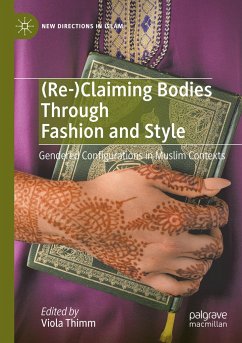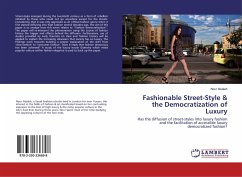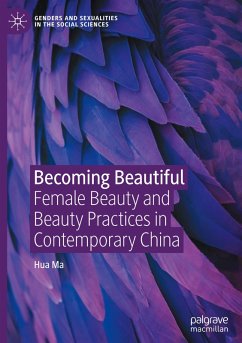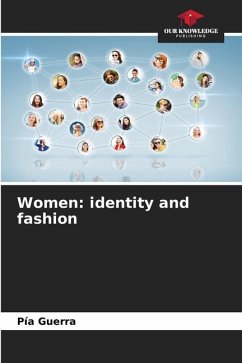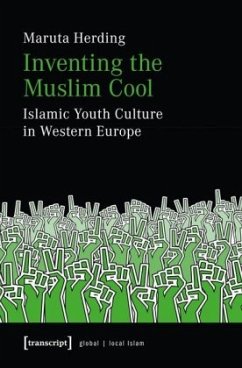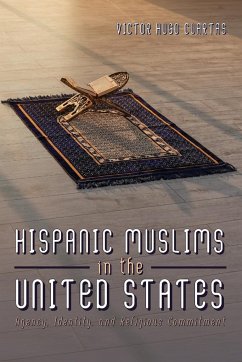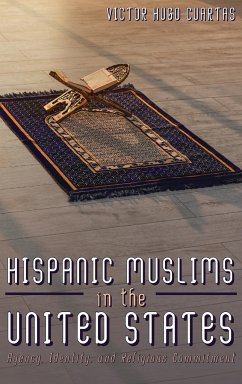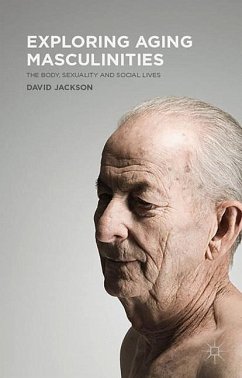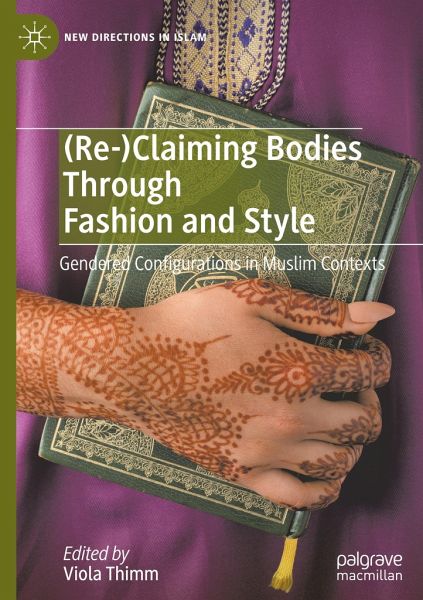
(Re-)Claiming Bodies Through Fashion and Style
Gendered Configurations in Muslim Contexts
Herausgegeben: Thimm, Viola

PAYBACK Punkte
42 °P sammeln!
This book investigates ways of dressing, style and fashion as gendered and embodied, but equally as "religionized" phenomena, particularly focusing on one significant world religion: Islam. Through their clothing, Muslims negotiate concepts and interpretations of Islam and construct their intersectionally interwoven position in the world. Taking the interlinkages between 'fashionized religion,' 'religionized fashion,' commercialization and processes of feminization as a starting point, this book reshapes our understanding of gendered forms of religiosity and spirituality through the lens of ge...
This book investigates ways of dressing, style and fashion as gendered and embodied, but equally as "religionized" phenomena, particularly focusing on one significant world religion: Islam. Through their clothing, Muslims negotiate concepts and interpretations of Islam and construct their intersectionally interwoven position in the world. Taking the interlinkages between 'fashionized religion,' 'religionized fashion,' commercialization and processes of feminization as a starting point, this book reshapes our understanding of gendered forms of religiosity and spirituality through the lens of gender and embodiment. Focusing mainly on the agency and creativity of women as they appropriate ways of performing and interpreting various modalities of Muslim clothing and body practices, the book investigates how these social actors deal with empowering conditions as well as restrictive situations.
Foregrounding contemporary scholars' diverse disciplinary, theoretical and methodological approaches, this book problematizes and complicates the discursive and lived interactions and intersections between gender, fashion, spirituality, religion, class, and ethnicity. It will be relevant to a broad audience of researchers across gender, sociology of religion, Islamic and fashion studies.
Foregrounding contemporary scholars' diverse disciplinary, theoretical and methodological approaches, this book problematizes and complicates the discursive and lived interactions and intersections between gender, fashion, spirituality, religion, class, and ethnicity. It will be relevant to a broad audience of researchers across gender, sociology of religion, Islamic and fashion studies.



